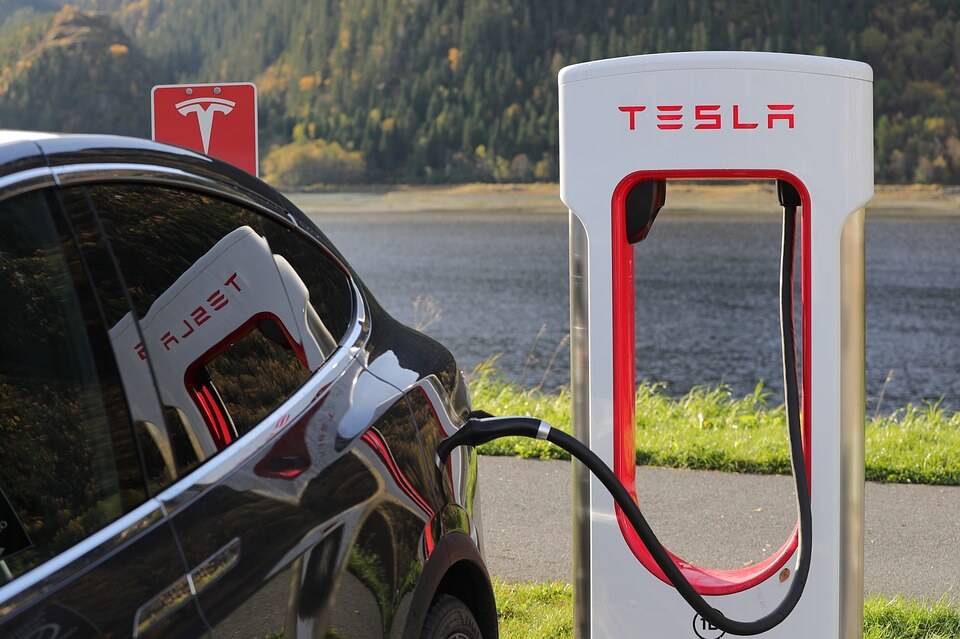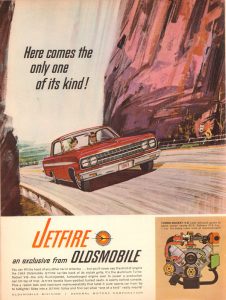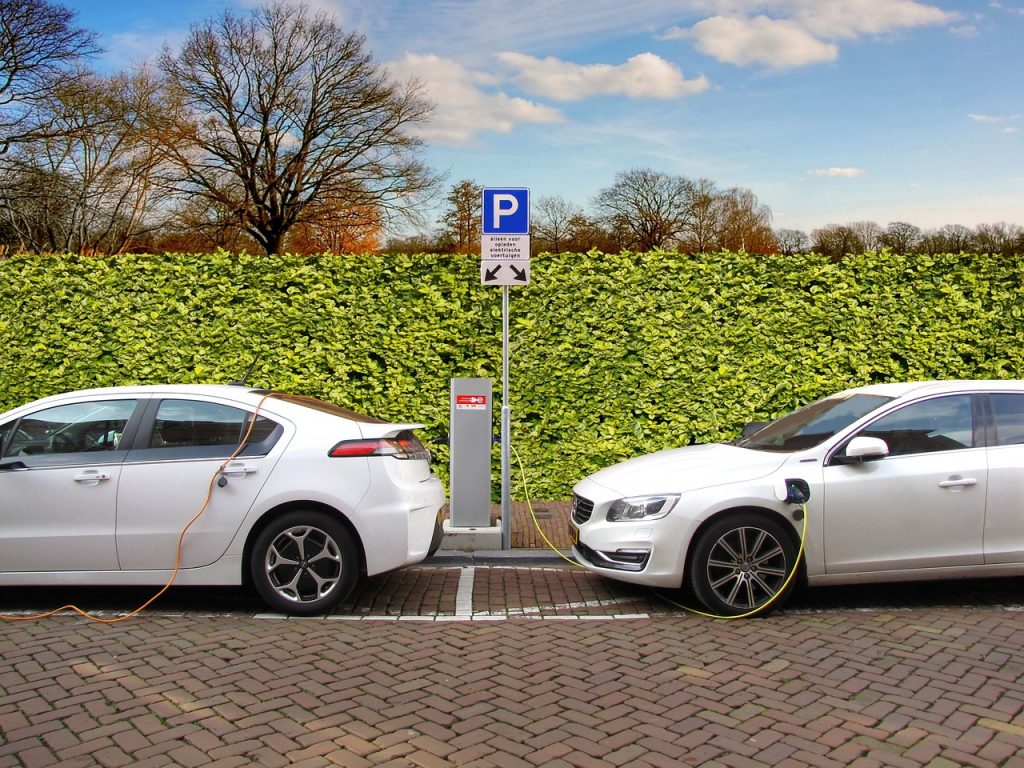Auto racing has evolved from its roots of loud cars circling dirt tracks in the Deep South to what it is today — a multibillion dollar industry with fans from across society.
Just how can racing adapt even as new series or track seems to be popping up virtually everywhere, especially at a time when people have shorter attention spans and more choices of how and where to spend their entertainment dollars?
Race cars are sleeker and more technologically advanced than they ever have been. Drivers are stronger, more physically fit and better trained. And, the sport itself is more competitive than it ever has been, with more and more races being decided on the final lap.
Even with all that said, some of the luster has worn off of the sport. Safety advances, while always a good thing, have lessened the likelihood of spectacular crashes on the racetrack. And, let’s face it, many trackside spectators and at-home viewers wanted to see those crashes just for the excitement they add to the race. Race rules themselves have also changed to ensure greater parity among teams by slowing cars down rather than speeding them up.
One way to get that luster back and people watching auto racing is to bring the experience to them where they are and when they want it via live streaming, video on demand, 30-minute videos of the race or even a five minute highlight reel. Many teams and drivers are also active on social media, regularly interacting with fans with behind the scenes videos and responding to questions online.
Many racing promoters also understand that anyone who is able to drive can race, meaning that racing schools and amateur races are available virtually everywhere and serve to attract people to the sport.
Another way to bring spectators back to the track is to give people more bang for their buck. Pre-race festivities now include concerts and other entertainment, including additional races before the main event to keep fans engaged.
No matter how racing adapts, one thing is certain: There will always be a market for the sport because people are always going to care about driving. There is something almost primal about seeing who is faster and will capture the checkered flag on the final lap.






